Nokia Lumia 630 Review
by Brett Howse on July 22, 2014 8:00 AM EST- Posted in
- Smartphones
- Microsoft
- Nokia
- Mobile
- windows phone
Camera
Budget phones often have budget cameras, and the Lumia 630 is no exception. The camera module is a 5 MP 1/4” design. This means the pixels are 1.4 µm. It is an autofocus design, but lacks any sort of flash assist. I don’t really like the flash of most smartphones anyway, since the LED often isn’t bright enough to really illuminate the scene, and instead blows out the color accuracy of whatever you are trying to capture. However when you are working with a device with a 1/4” sensor, you are going to need a flash for any sort of low light photography so it’s absence is certainly missed here. I also quite often use the LED flash as a flashlight, so it was doubly missed.
To measure camera performance, we’ll put it through several test scenes and compare it to other devices. We’ll start with the ISO 12233 test chart, and look specifically at the sagittal and tangential lines to see how well the camera can capture fine detail.
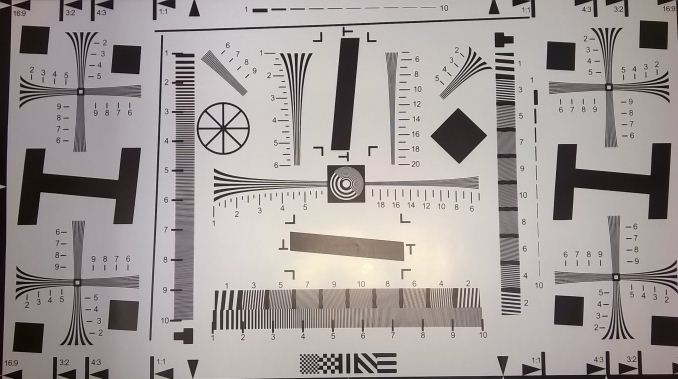 ISO 12233 Test Chart captured by Nokia Lumia 630
ISO 12233 Test Chart captured by Nokia Lumia 630
The Lumia 630, unsurprisingly, does a poor job of resolving fine detail. 5 MP isn’t a lot to work with, and with such a small sensor size it really struggles to capture enough light. The gallery below will allow you to compare it to other devices.
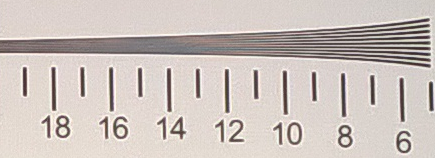
Once cropped, we can really see the shortcomings of the camera system. A common theme that I found while using the phone is that it does a reasonable job capturing a scene, but any sort of cropping of the scene later will result in an unusable image.
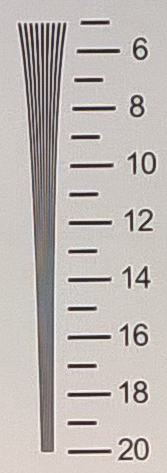
The story is the same for the tangential crop. Once zoomed in, all detail is lost. The only good news is that the 630 appears to use the same camera module as the 520 and 620, so there shouldn’t be a regression here from last year’s models.
Lab Scenes
To get a feel for how the Lumia 630 can shoot pictures under a controlled environment, we have the following sample photos comparing it to the Lumia 1020. I also included the high resolution photos from the 1020 just to see how it does pixel binning to improve the image quality of the low resolution shots. These shots were all taken with the cameras set to their default automatic modes, and the Lumia 630 defaults to 16:9 where as the Lumia 1020 defaults to 4:3 photos.
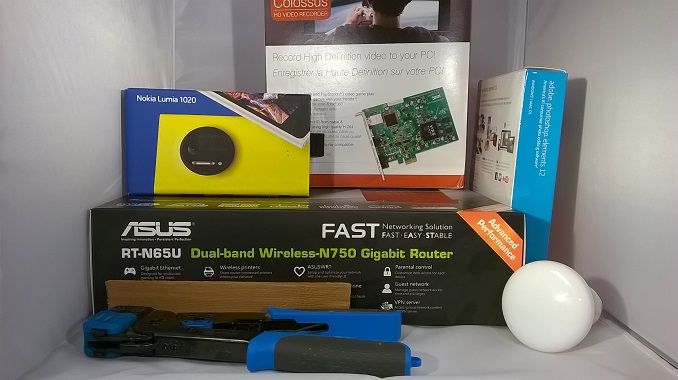
In the well lit controlled photos, the Lumia 630 does very well. It has good white balance, and the detail is actually pretty good. The white balance is better than the Lumia 1020 in this case, which historically has struggled with white balance in certain scenarios. Next up, we'll test both in a low light controlled scenario. You can use the gallery below to sample full resolution images from this test.
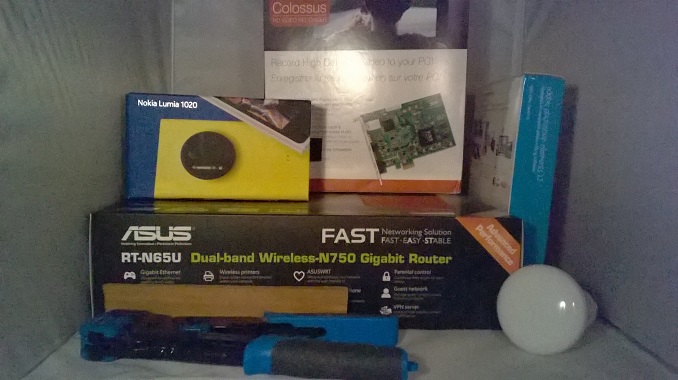
For the low light shots, the ambient light is dropped to 5 lux. Unsurprisingly, with such a small sensor size the Lumia 630 really struggles to capture enough light to properly portray the scene. The picture has a lot of noise in it. This is why a flash is so important on a phone such as this, as it makes shooting any sort of dim scene very difficult. LED flashes often blow out the shot, but at least they make the shot possible. The Lumia 1020, with its 1/1.5" sensor absolutely trounces the 630 in this test. I also included the high resolution shots for the 1020 in this test just to see the pixel binning in action. The high resolution shot actually comes across with slightly less pop than the low resolution image, even though both are very good. It's especially noticeable on the white text on the router box. You can use the gallery below to sample full resolution images from this test.
Outdoor Scenes (Night)
Moving away from controlled scenes to outdoor scenes, we can see how the Lumia 630 fares under real world conditions. First up, we’ll check out its low light performance with a picture of a park bench, lit by a nearby path light.

Going into the review, my assumption was that the newer ISP of the Snapdragon 400 SoC would result in slightly better shots than the outgoing 620, but that wasn’t the case. Both devices struggled with the low light shots, but the 620 was able to achieve a better focus lock before taking a picture. The 630 did take pictures faster, but the results aren’t great in low light.

Next up is the picture of a Supermarket sign at night. Here we see similar results, with the Lumia 620 having a better white balance and better overall shot than the 620. The 620 actually has better white balance than even the Lumia 1020 in this comparison, even though the 1020 has a clearer result.
Outdoor Scenes (Daylight)
For the daylight pictures, the story changed. With enough light, the Lumia 630 can take some excellent pictures. It did have a tendency to oversaturate the images slightly, but generally the pictures were quite good.

This photo gives a good example of the oversaturation, with the Lumia 630 coming in a bit too dark for the building. The Lumia 620 undersaturated the image a bit here.
This crop compares all three photos of the flower, and demonstrates that even with sufficient light, once you zoom in on a photo with the Lumia 630, it results in a blurry image much like the Lumia 620. Overall, for daylight shots, the Lumia 630 actually does surprisingly well assuming you don’t want to zoom in on the results. Some of the pictures were oversaturated, but generally the white balance was good, and brightness and detail were both ok for a 5 MP result.
Capture Latency
The arrival of a new ISP has really helped with the speed of the camera. Both focus latency and shot latency are very good, and generally much improved over the prior generation of devices. There are no fancy rangefinders, so we’re not going to break any records, but it’s still a good result.
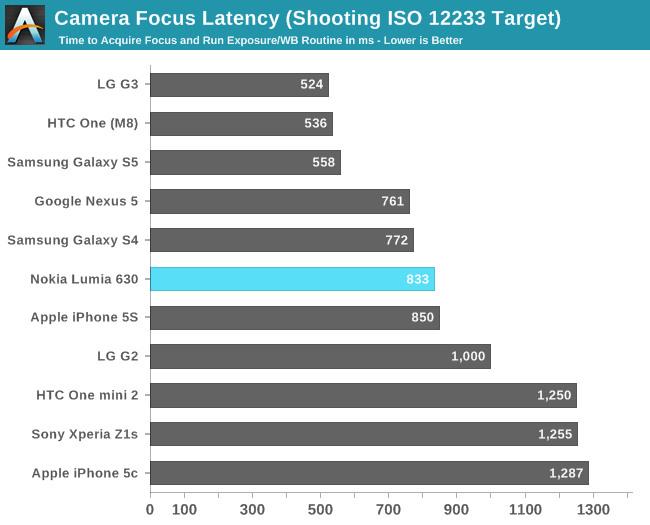
With a 833 ms focus capture, you can grab focus pretty quickly. While not up there with today’s flagship devices where focus latency seems to be a competition, it still comes in better than other devices costing much more.
Once you have focus lock, the next step is of course to take the photograph, and for that we analyze the time in between each capture.
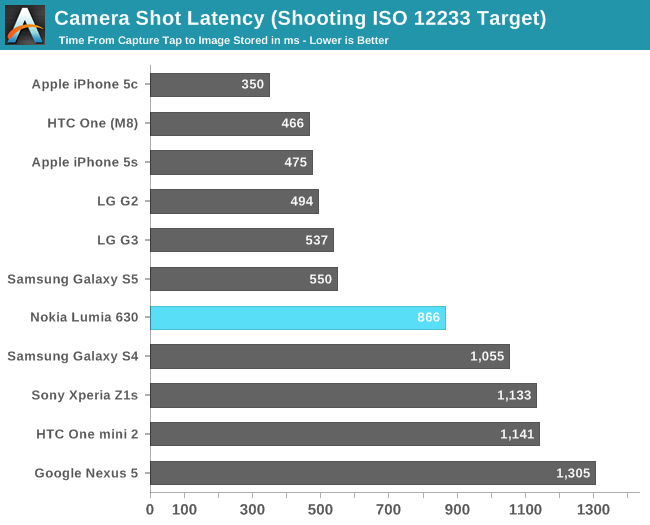
The camera latency is slightly longer than most of today’s flagship devices but it still comes in at a reasonable 866 ms. For a device at this price point, that’s a good result.
For total Camera Latency, we add the previous numbers together and compare total time to capture an image.
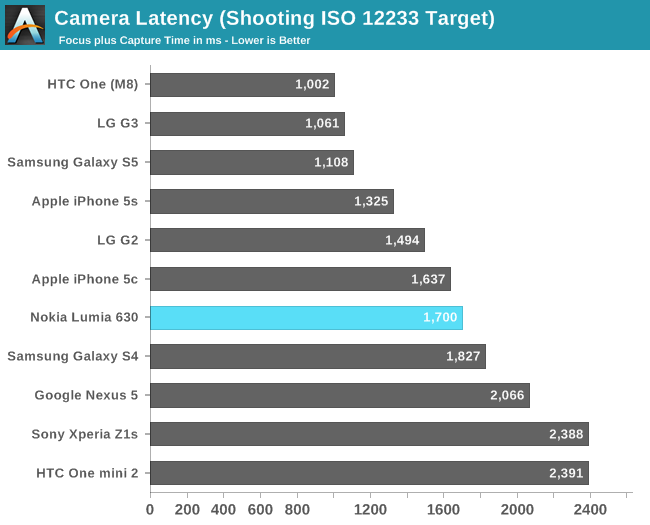
With an average focus lock and an average capture time, the Lumia 630 falls in to the middle of the pack, which is a good result for a device in this price range.
Video
The Lumia 630 is limited in what it can shoot for video. There are no options to change the resolution or frame rate at all on this device, so you are stuck with 720p30 video. With such a small sensor both in terms of size and pixels, this is probably all you can expect from the device even though the ISP can handle 1080p video.
The video quality is not exceptional, with a lot of detail missing. Being a $160 phone, it of course lacks any sort of optical image stabilization.


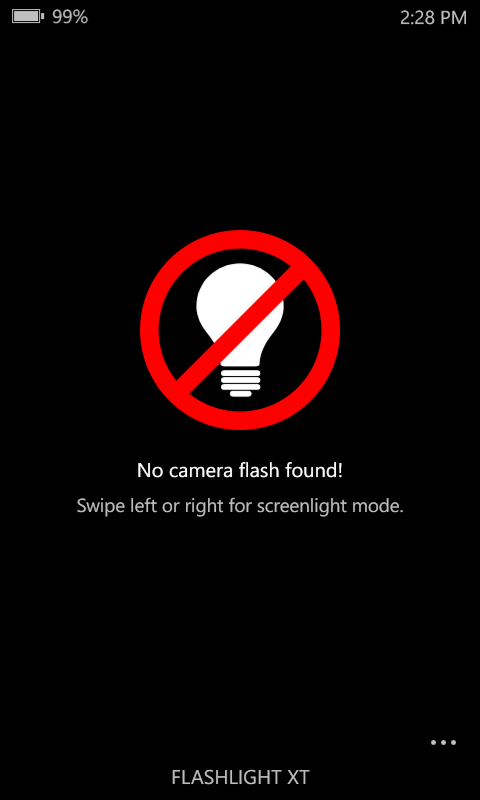































































83 Comments
View All Comments
LiviuTM - Tuesday, July 22, 2014 - link
Correction to correction: Page 7, actuallyYofa - Tuesday, July 22, 2014 - link
riders fan?! ignore!Wolfpup - Tuesday, July 22, 2014 - link
I've got an iPhone 5s, but I've gotten Nokia 520s for two people now. I love it, they love it. It's really a great phone, and like my iPhone, there's just something pleasurable about using it. It (like real Windows) also runs a lot faster than Android on comparable hardware.The biggest issue I have with Windows Phone right now is that like Android it's stuck getting OS updates from the carrier. Microsoft needs to switch to an Apple/Windows model of controlling the updates themselves. That said, at least so far even the 520 is getting every single update Microsoft does...which I guess still beats Android save for the Nexus devices.
My only complain with this 630 is the RAM. I realize hitting a $100 price point is kind of crazy, and the 520 runs fine, but still...1GB would definitely be the first upgrade I'd want for this.
Considering I still carry an iPod anyway, I'd seriously consider a Windows Phone for myself if my iPhone died, just because of the price, though I think I'd go with the 6" model.
Wolfpup - Tuesday, July 22, 2014 - link
Forgot to mention...I do wonder about the CPU choice. Obviously it works (and as mentioned you can't compare iOS or Windows Phone or even real Windows to Android as Android requires much beefier hardware to get the same performance)...but I am curious about using a quad A7. A7 supposedly tries to get close to A9 performance with a smaller die area, but then Krait is already A9+. Not sure it makes sense to replace 2 Kraits with 4 A7s...but oh well, I'm sure it's fine!Scary how much faster Apple's Cyclone is than everything else. Right now it doesn't even matter...it's mostly overkill for a phone, but probably not for the iPad, and certainly not for a more OS X-like iPad...
rgba - Tuesday, July 22, 2014 - link
In the HTC One mini 2 review, Anand mentioned that Cortex-A7 actually delivers slightly higher IPC than Krait 200. Considering that, quad A7 running at 1190 MHz is a clear improvement over dual Krait 200 @ 972 MHz.ruggia - Wednesday, July 23, 2014 - link
Higher IPC is meaningless when A7 runs on thumb instructions and is In-order, as opposed to Krait which runs full armv7 and is out of orderextide - Thursday, July 24, 2014 - link
Not true, A7 runs the full ARMv7 ISA, not just thumb. The cortex M series chips run thumb, but ALL cortex A class cpu's run full ARM ISA's. (ARM7 in this case obviously, but the A5x cores run ARMv8).It is in order, and Krait is out of order, but IPC is very much NOT meaningless!
tuxRoller - Wednesday, July 23, 2014 - link
I guess you missed this:The Lumia 630 handily beats the Moto G in memory performance, but the Moto G wins the rest of the tests. We’re still looking at a performance deficit for most tasks with Windows Phone 8.1 which is something Microsoft will need to work on going forward.
So. despite the Android VM deficit it still manages to at least keep up with, and generally surpass, win8.x. Can't wait till the new ART drops.
Flunk - Tuesday, July 22, 2014 - link
"If you play a lot of games, avoid this device."If you play a lot of games, avoid Windows Phone. The selection is just not fantastic.
octonysa - Tuesday, July 22, 2014 - link
Computer World blog says Google search banned from the 630 and 930. That kills this phone (IMO).